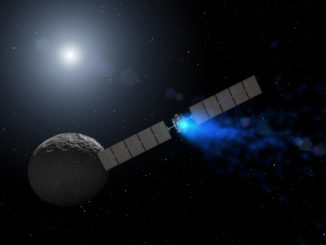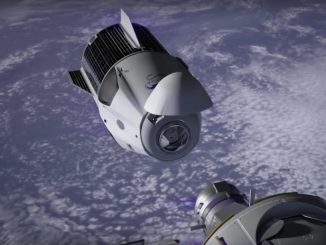This is the launch timeline to be followed by the Atlas 5 rocket’s ascent into orbit from Cape Canaveral with the commercial Orbital ATK Cygnus cargo freighter headed to the International Space Station. Launch is scheduled for Tuesday at 11:11 a.m. EDT (1511 GMT).
T+00:01.1 Liftoff
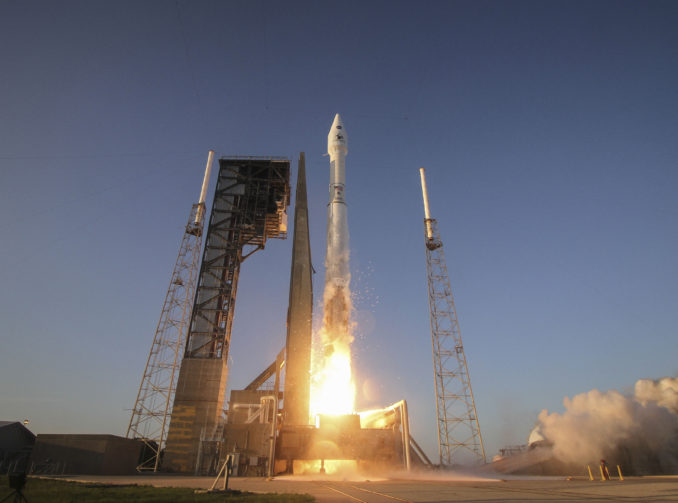
With the RD-180 main engine running, the Atlas 5 vehicle lifts off and begins a vertical rise away from Complex 41 at Cape Canaveral Air Force Station, Florida.
T+01:33.6: Max Q
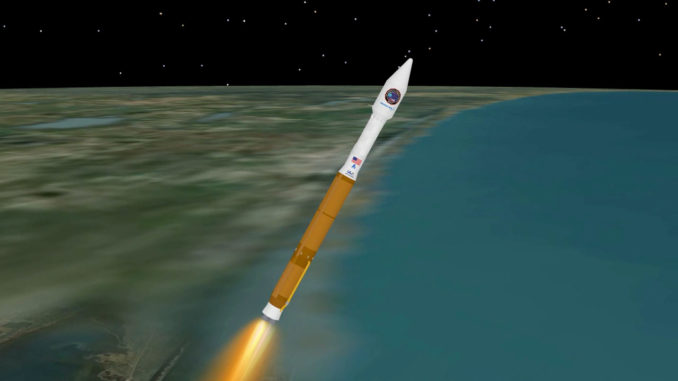
The Atlas rocket, after breaking the sound barrier at 82.5 seconds, passes through the region of maximum dynamic pressure during ascent through the lower atmosphere.
T+04:15.6 Booster Engine Cutoff
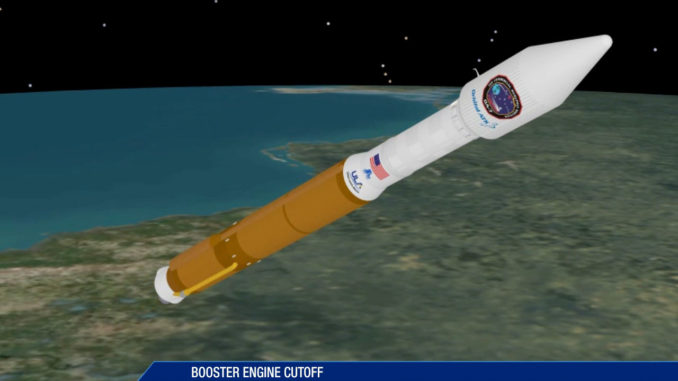
The RD-180 main engine completes its firing after consuming its kerosene and liquid oxygen fuel supply in the Atlas first stage.
T+04:21.6 Stage Separation
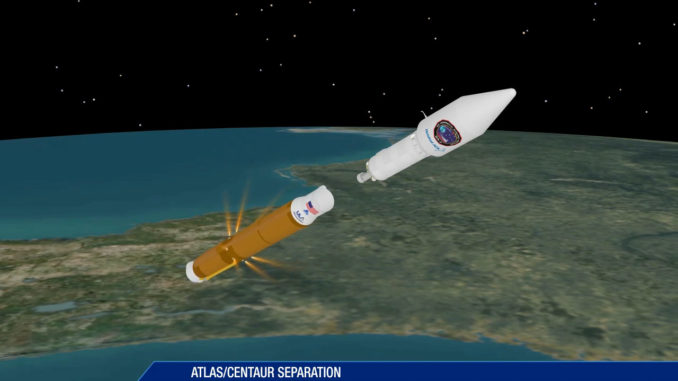
The Common Core Booster first stage of the Atlas 5 rocket separates from the Centaur upper stage. Over the next few seconds, the Centaur engine liquid hydrogen and liquid oxygen systems are readied for ignition.
+04:31.6 Centaur Ignition 1
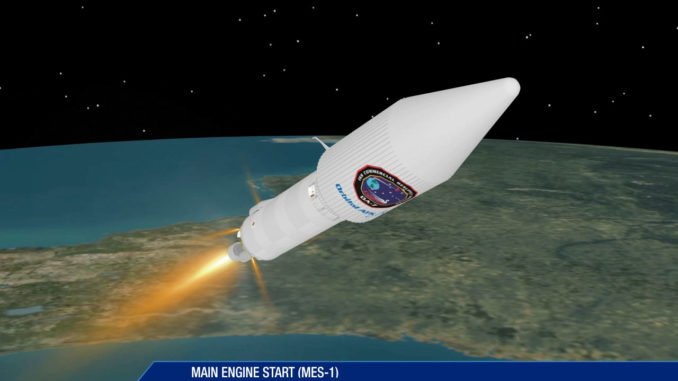
The Centaur RL10C-1 engine ignites propel the 8-ton Orbital ATK Cygnus resupply vessel into orbit for a rendezvous with the International Space Station.
T+04:39.6 Nose Cone Jettison
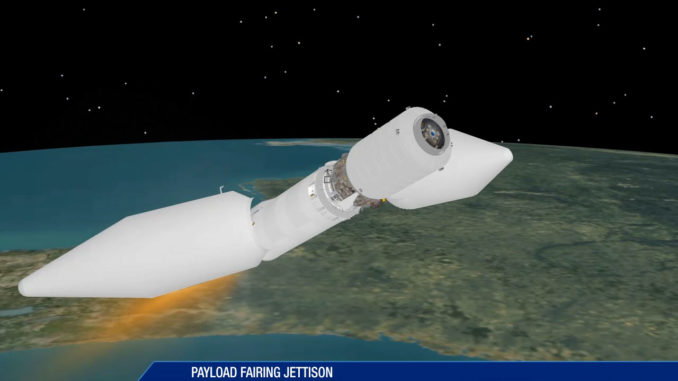
The payload fairing that protected the OA-7 Cygnus spacecraft during launch is separated after passage through the atmosphere.
T+18:12.0 Centaur Cutoff 1
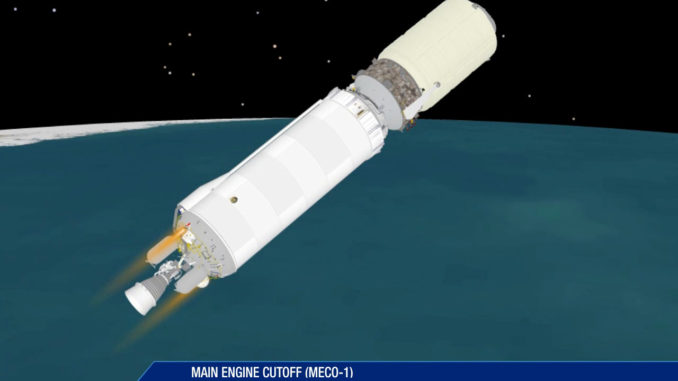
The Centaur engine shuts down after arriving in the planned 143-statute-mile circular orbit inclined at 51.6 degrees to begin its pursuit of the space station.
T+21:01.1 Spacecraft Separation
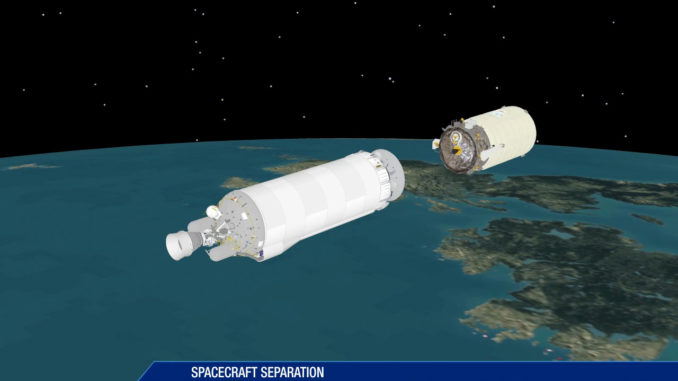
The Orbital ATK OA-7 Cygnus cargo craft is released into orbit from the Centaur upper stage to complete the launch.
After performing its mission, the upper stage will perform an 11-second deorbit burn 27 minutes after spacecraft separation. Any debris surviving reentry will impact the ocean south of Australia about 67 minutes after launch.
See earlier OA-7 Cygnus coverage.
Our Atlas archive.

